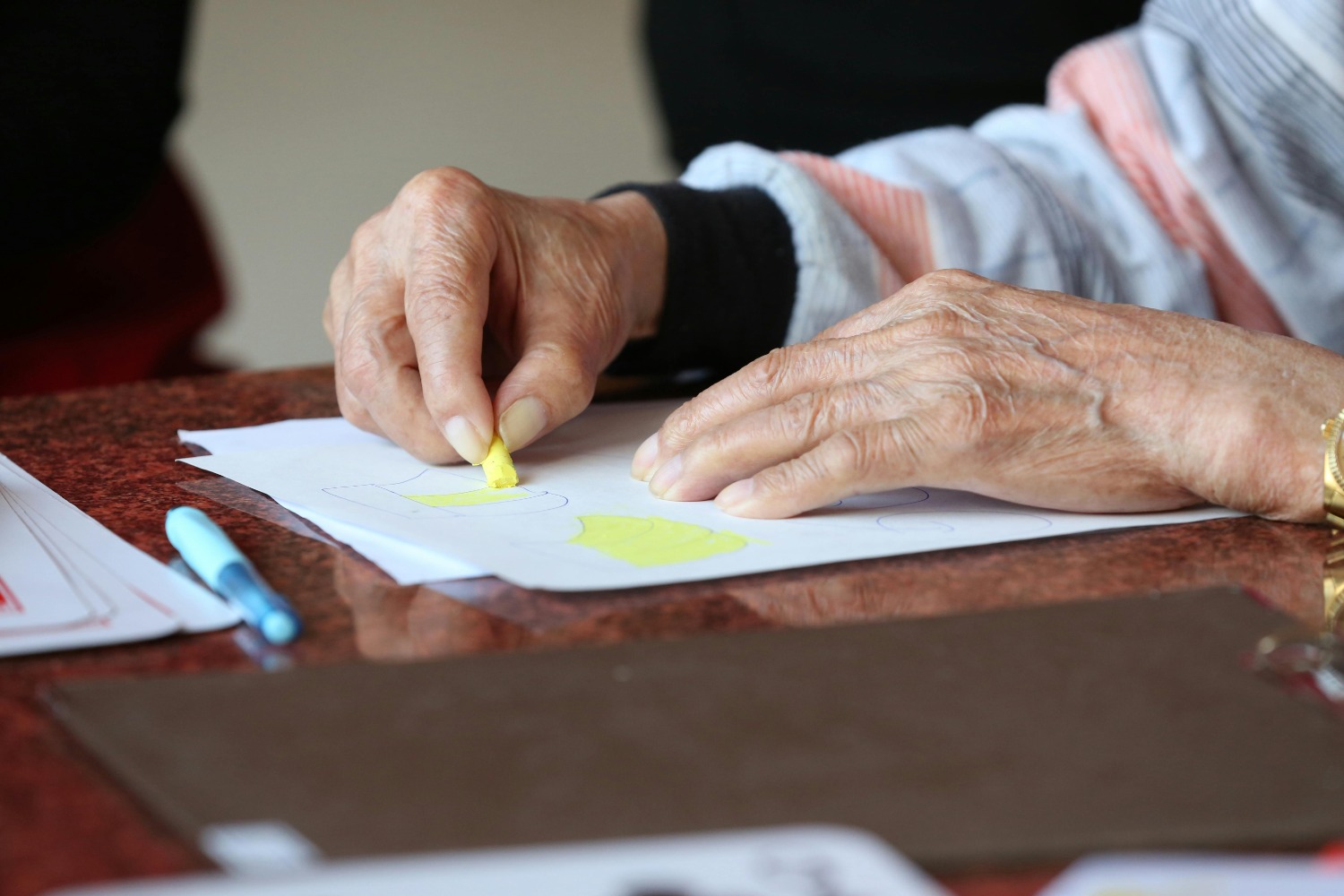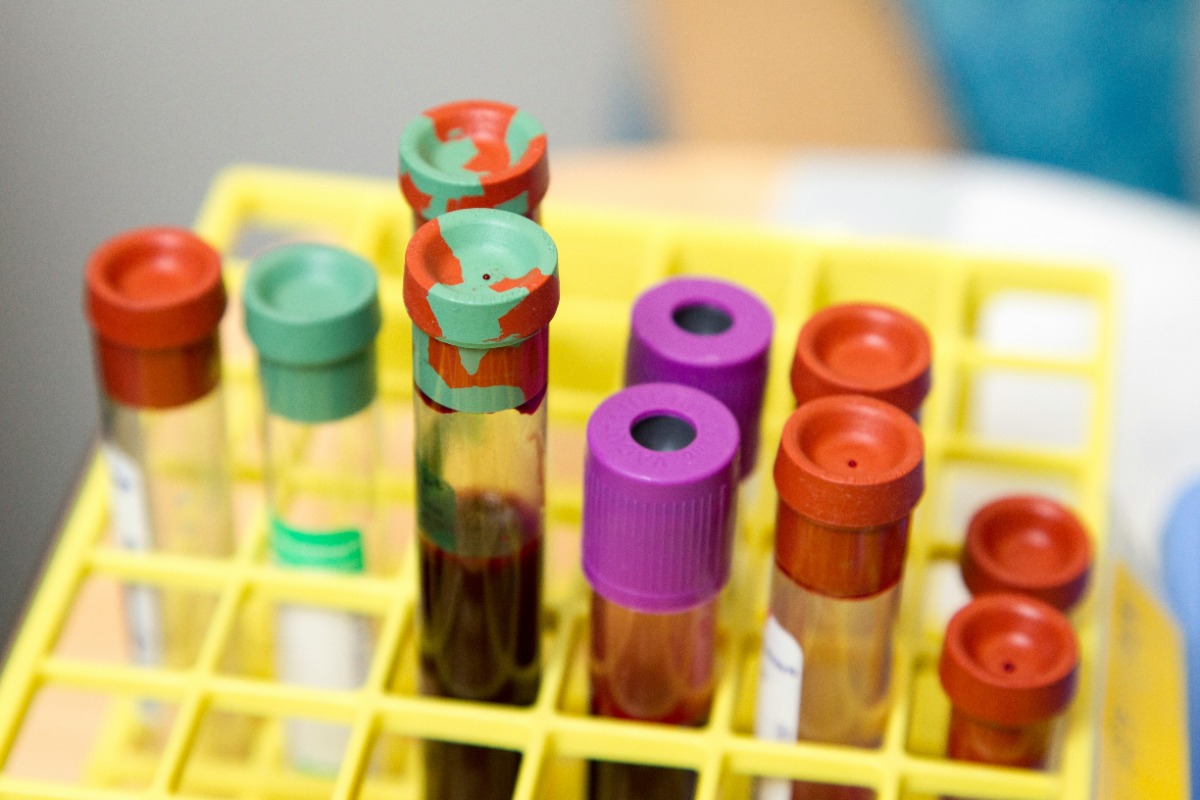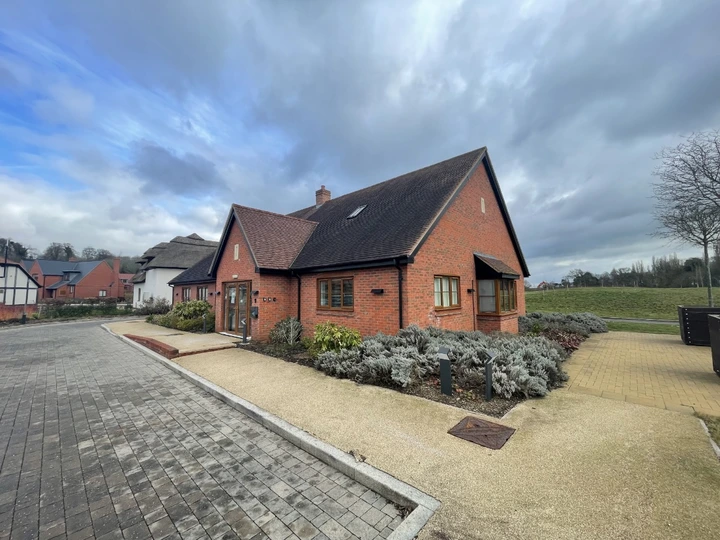Platelet Rich Plasma (PRP) therapy is a form of regenerative medicine. It is an innovative approach to treat a variety of injuries and conditions such as arthritis, joint pain, sports therapy, and more. In order to understand what PRP therapy is, this article will go over everything you will need to know about the treatment and how it can help in treating your arthritis.
Understanding Arthritis
Definition and Types of Arthritis
Arthritis refers to the inflammation and subsequent swelling of one or more joints, resulting in pain and stiffness. It is a condition that affects millions of people worldwide.
The two most common types of arthritis are Osteoarthritis (OA) and Rheumatoid Arthritis (RA). OA is characterised by the degeneration of joint cartilage, which is the hard, slippery tissue that covers the end of bones where they form a joint. RA, on the other hand, is an autoimmune disease where the immune system mistakenly attacks the joints, beginning with the lining of joints.
Symptoms and Diagnosis
The most common symptoms of arthritis include joint pain, stiffness, swelling, and decreased range of motion. They can vary in severity and may come and go over time.
The diagnosis of arthritis usually involves the patient’s medical history, physical examination, X-rays, and blood tests. It is possible to have more than one form of arthritis at the same time.

Risk Factors
Many types of arthritis, including OA and RA, increase with age and some types run in families. While RA is more likely in women, men have an increased chance of suffering from gout or another type of arthritis. Previous joint injuries or obesity can also contribute to a higher risk of developing arthritis.
What is Platelet Rich Plasma?
Our blood is made up of four essential components: plasma, platelets, red blood cells, and white blood cells. Each plays an important role in our overall health.
The main role of platelets, or thrombocytes, is clotting blood. This means they’re responsible for our healing process and tissue regeneration. With the growth factor released by platelets, they ease pain and reduce inflammation.
How does PRP Therapy Work?
After sustaining an injury, the body begins its natural healing process by releasing platelets, which travel to the injured area. Platelets play an important role in initiating the healing process by releasing growth factors that use stem cells to repair damaged tissue.
PRP therapy mimics your body’s natural healing process to strengthen the body’s efforts in minimising pain related to an injury or arthritis. By delivering a concentrated amount of platelets directly to the affected joint, PRP jump-starts the natural healing process and boosts the body’s natural ability to heal itself.
To get a concentrated amount of platelets, the PRP process begins with the collection of a small amount of the patient’s blood. The collected blood is then placed in a centrifuge. The centrifuge spins the blood at different speeds to separate its components into different layers. The separated platelet-rich plasma, which contains anywhere from 2 to 8 times more platelets and growth factors than regular blood, is extracted with a syringe and mixed into a blood plasma liquid base. Afterwards, the concentrated PRP is directly injected into the affected area of the body.
In doing so, PRP therapy can alleviate arthritis-related pain and inflammation as well as improve joint function.
What to Expect During Treatment
The PRP treatment begins with taking a blood sample. The blood sample is then placed in a centrifuge to create the PRP. The process of drawing blood and getting the concentrated PRP solution can take up to 30 minutes.
The PRP injection is then precisely injected into the affected area of the body. For more comfort, this treatment is usually done with the use of local anaesthesia.

Efficacy of PRP Therapy for Arthritis
Several factors determine the effectiveness of platelet-rich plasma treatment, including:
- your overall health
- whether your injury is acute or chronic
- the preparation of the PRP treatment
- which part of your body needs treatment
Some studies have found, however, that compared to placebos, platelet-rich plasma injections significantly reduced pain and that people’s physical function notably improved. Following three, six, and 12-month follow-ups, these benefits persisted.
Although PRP therapy can be effective in reducing pain associated with arthritis and joint pain, it is important to know that it is not suitable for everyone. PRP treatment may not be sufficient for patients with serious degeneration or extensive joint damage. PRP therapy only initiates and speeds up the body’s natural healing process and is in no way a substitute for surgery.
Risks and Side Effects
Since PRP injections are made from your own blood, the side effects of this treatment are limited as your body should not reject the injections or react negatively to them. However, as with any injection, there is a very small risk of infection.
Other side effects and complications may include pain at the injection site and the unpredictability of how effective the treatment will be for a particular patient.
Recovery
After your treatment, the pain may increase for the first two weeks around the treated area and it may take a few weeks before you feel any improvement. There are steps you can take to help with the overall healing process:
- For the first two days after your treatment, ice the area for 20 minutes every two to three hours. Some redness and swelling may appear after the procedure.
- It is recommended that you avoid taking non-steroidal anti-inflammatory medications after your treatment as they might block the effect.
- You should avoid activities that put stress on the treated area.
- If you plan to return to vigorous physical activity such as running and cycling, consult with your doctor first.
Cost Considerations
When considering PRP therapy for arthritis, factoring in the associated costs is important. At GAP Clinic, we offer affordable PRP therapy, starting from £450. The exact pricing, however, will depend on several factors, such as specific requirements and additional testing. For optimal results, PRP therapy may require more than one session and our price is reduced if more than one session is booked.
Conclusion
PRP therapy presents a promising alternative for people looking for relief from arthritis-related pain and inflammation. However, it is important to note that while the treatment can be effective for some, arthritis is a chronic condition and there is no cure for it.
Patients should approach PRP therapy with realistic expectations and need to understand that it may not be suitable for everyone, particularly those with severe joint degeneration.
Overall, the treatment can alleviate some of the symptoms associated with arthritis and by staying informed and exploring available options, people with arthritis can find the right solution to improve their mobility and well-being.











